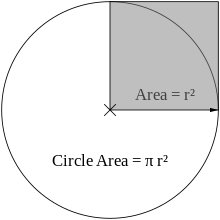A rectangle is a shape with four sides and four corners. The corners are all right angles. It follows that the lengths of the pairs of sides opposite each other must be equal.
People make many rectangular things, including most tables, boxes, books, and papers.
A rectangle with all four sides equal in length is called a square.
PROPERTIES OF RECTANGLE:
- The opposite sides are equal.
- All angles are equal.
- Each angle is a right angle.
- The diagonals are equal in length.
- The diagonals bisect each other.
FORMULAS OF RECTANGLE:
Area of Rectangle=length*breadth
=l*b sq.units.
Perimeter of Rectangle=2(l+b) units.








